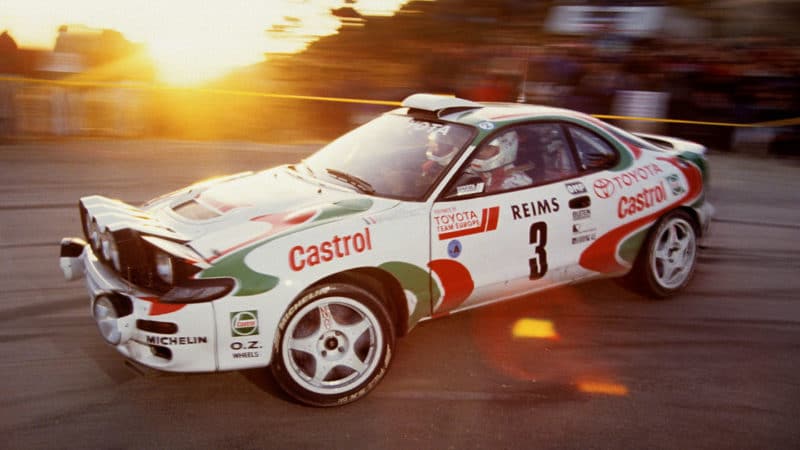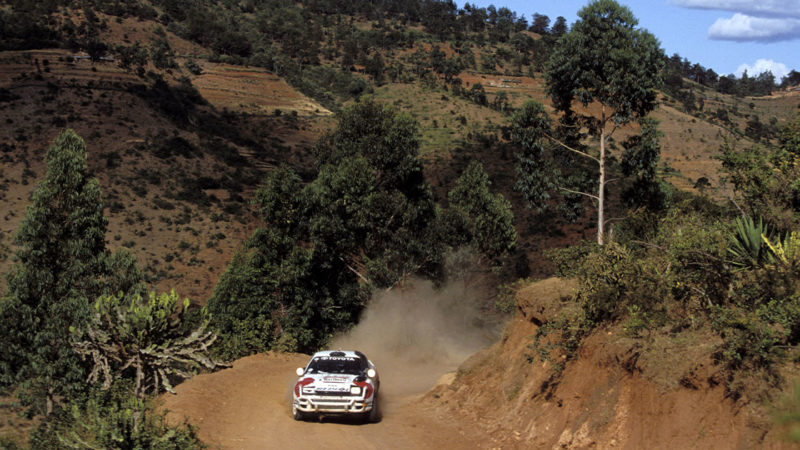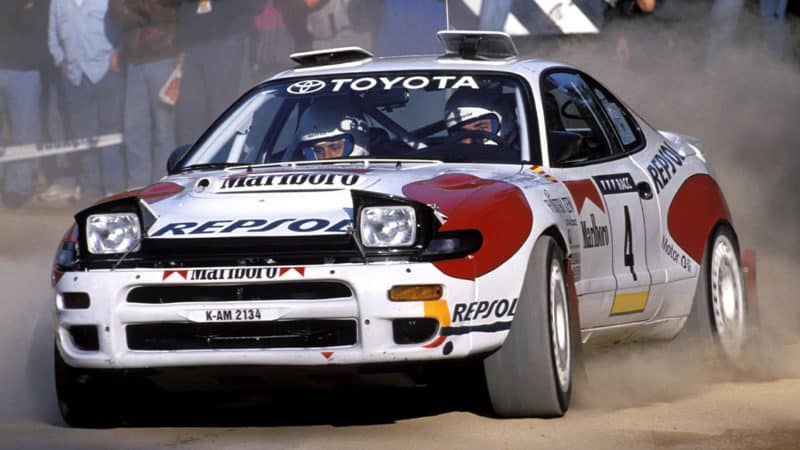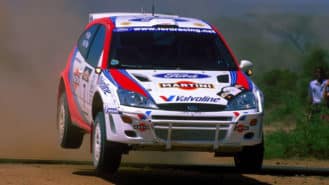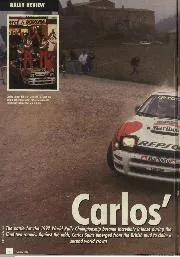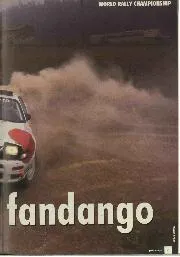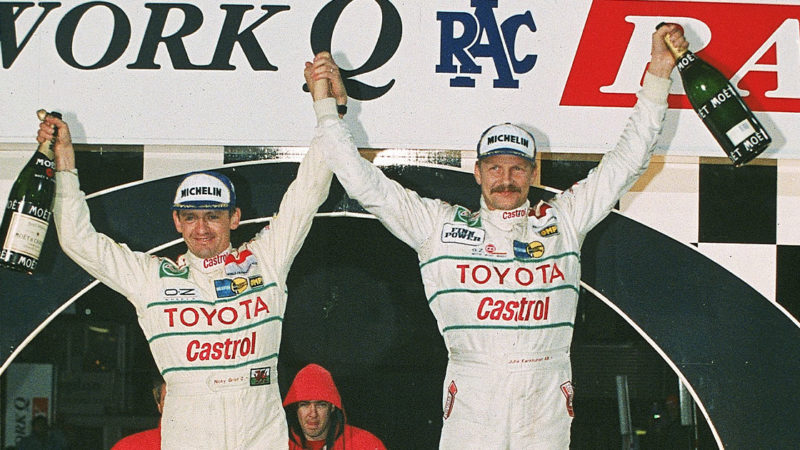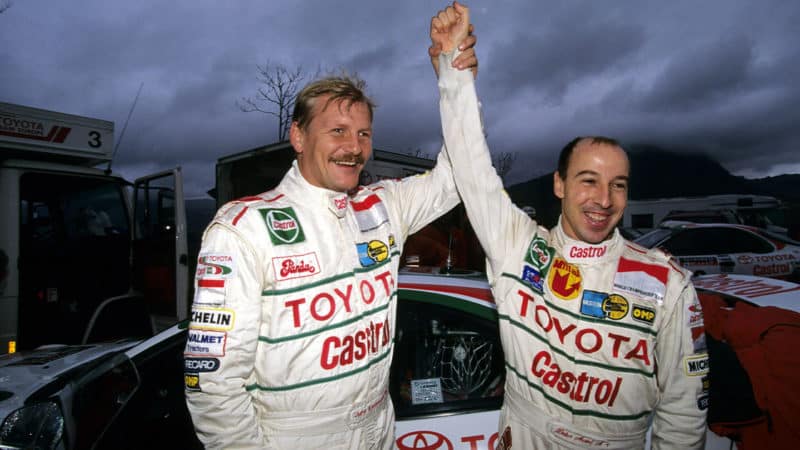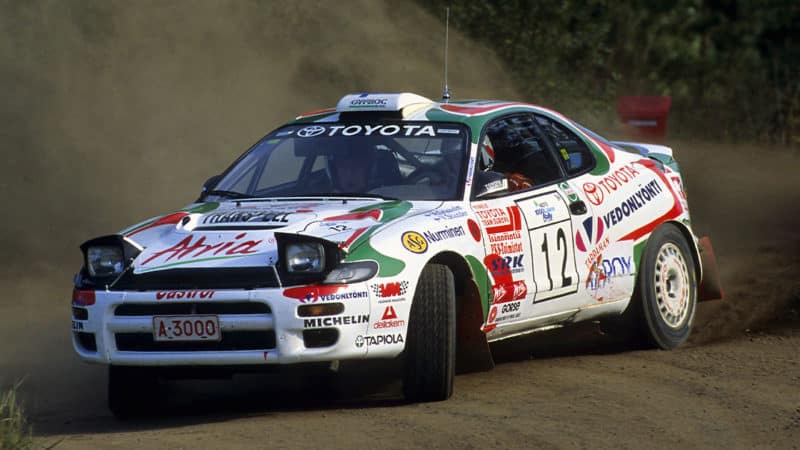“The new engineers were all ex-Audi, and were designing this new aluminium suspension concept, switching from steel” he remembers of a stressful pre-‘92 development period.
“The biggest problem they found with heavier steel design was ‘pad knock-off’ [the brake pads being forced progressively further away from the brake disc], so therefore they wanted to go light.
“They ran a bit behind time, we had a few hiccups, but we had to just keep going. When we launched the car, it still hadn’t even properly been shaken down yet.
“That’s why, if you look at all the early results for Sainz in 92, we struggled with that car – just couldn’t get the suspension to work.”
It says something for Toyota Team Europe (as its Europe Competitions arm was known) that it was still achieving decent results in spite of being mystified by its own issues. Sainz took the car to second on its debut at the ’92 Monte, and won in the fourth round of the year in Kenya – a renowned car-breaker.
“Everyone kept thinking, ‘The chassis is too stiff, the chassis is too stiff,’ but it was actually the aluminium shock tubes flexing, then going solid as a result,” says Woolfield.
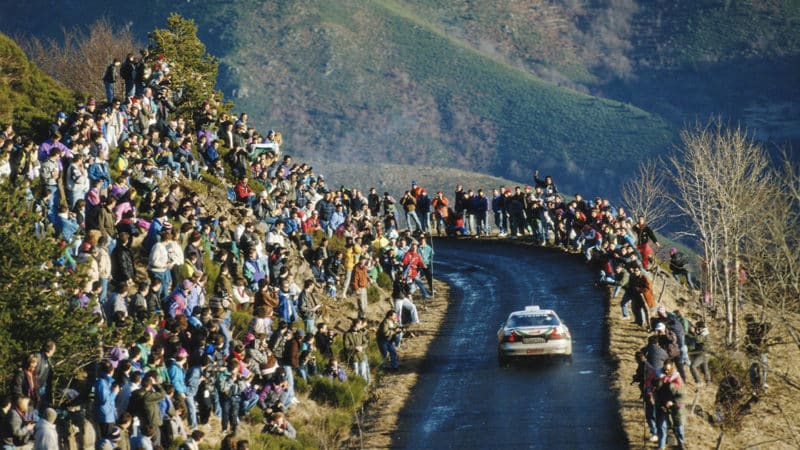
Auriol piloting the 185 to win at Monte ’93
Getty Images
“It was basically a slow realisation. We bumbled along, we did all sorts of strange stuff I’m still not allowed to tell you about now, that people didn’t know about.”
Woolfield also credits a change in the engineering staff midway through ’92 which brought the car’s first success.
“New engineers Michel Nandan and Gerard Zyzik came in and developed new steel parts to put on the suspension – to make it more reliable, stronger and work properly.” he says.
